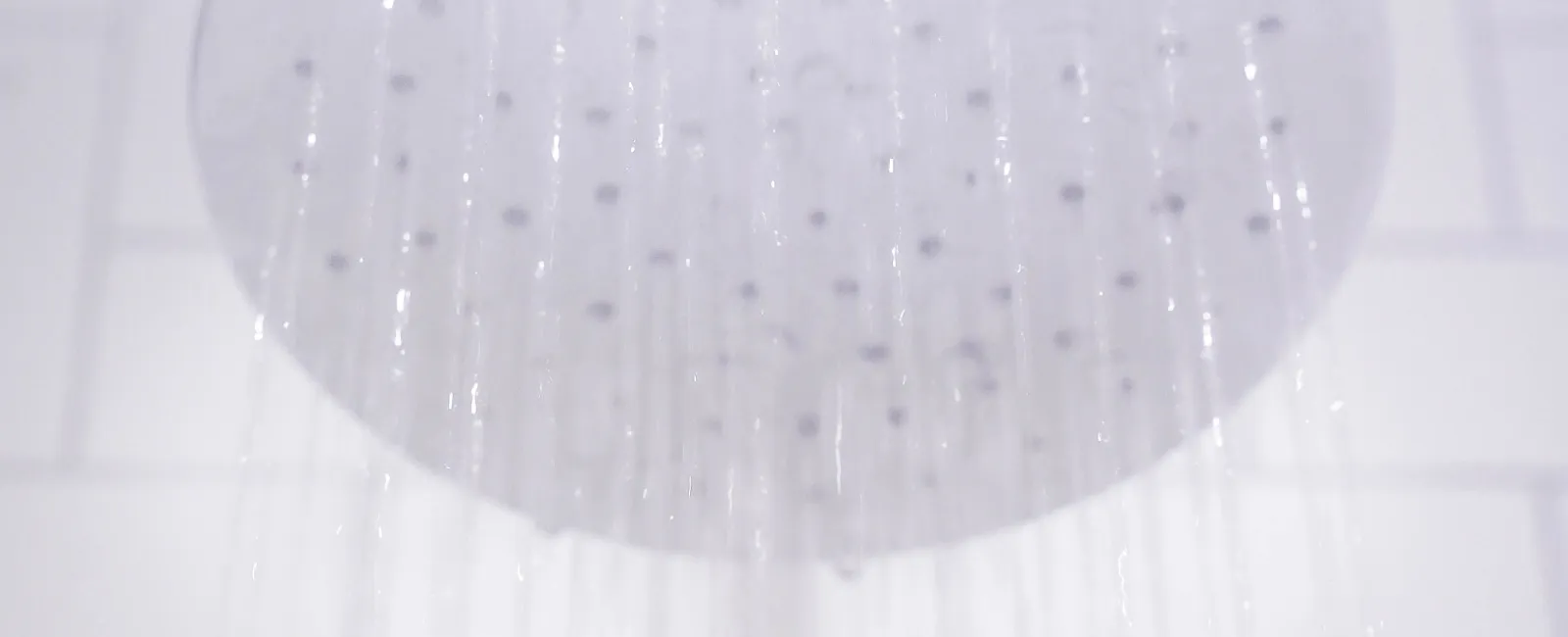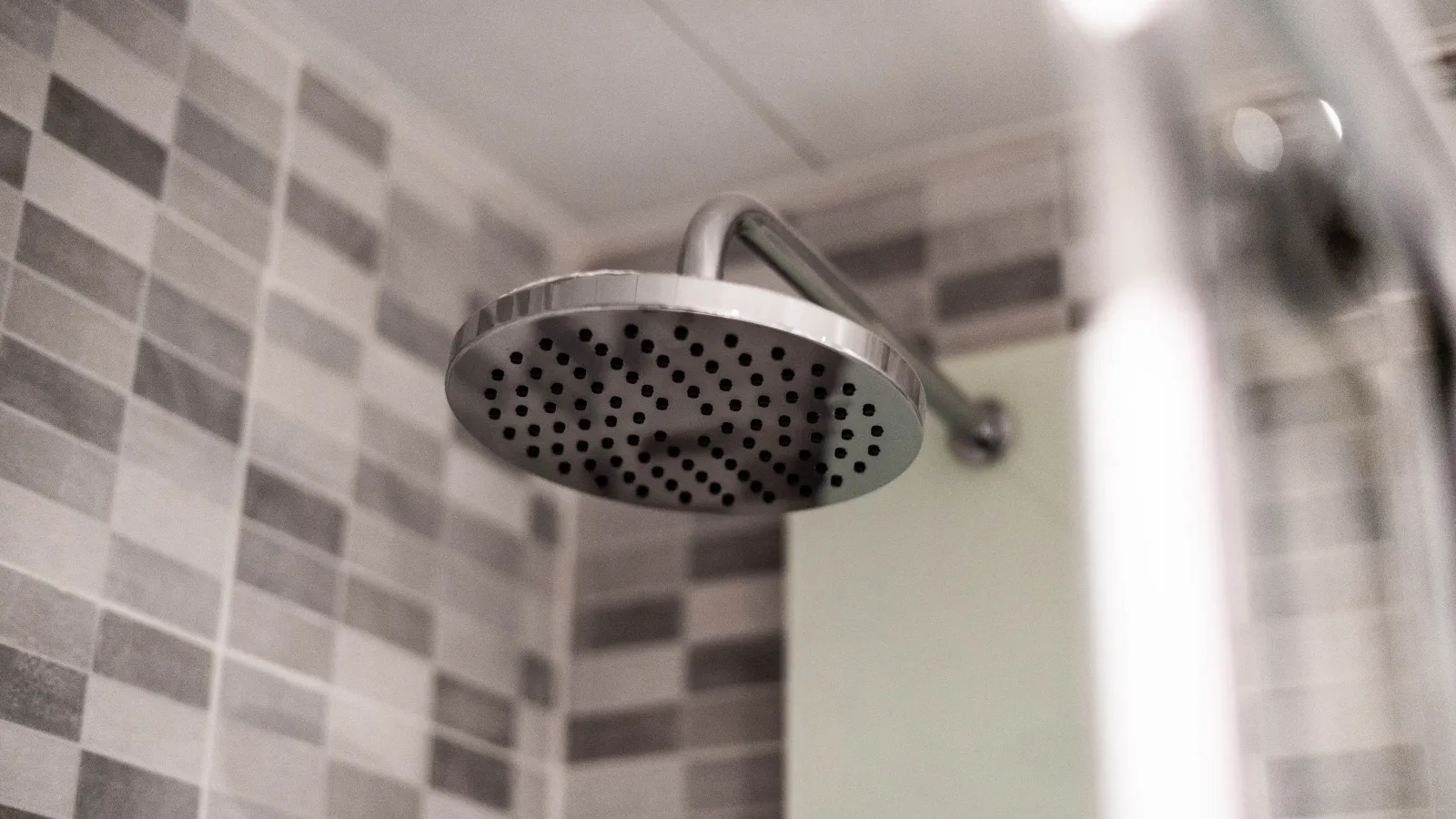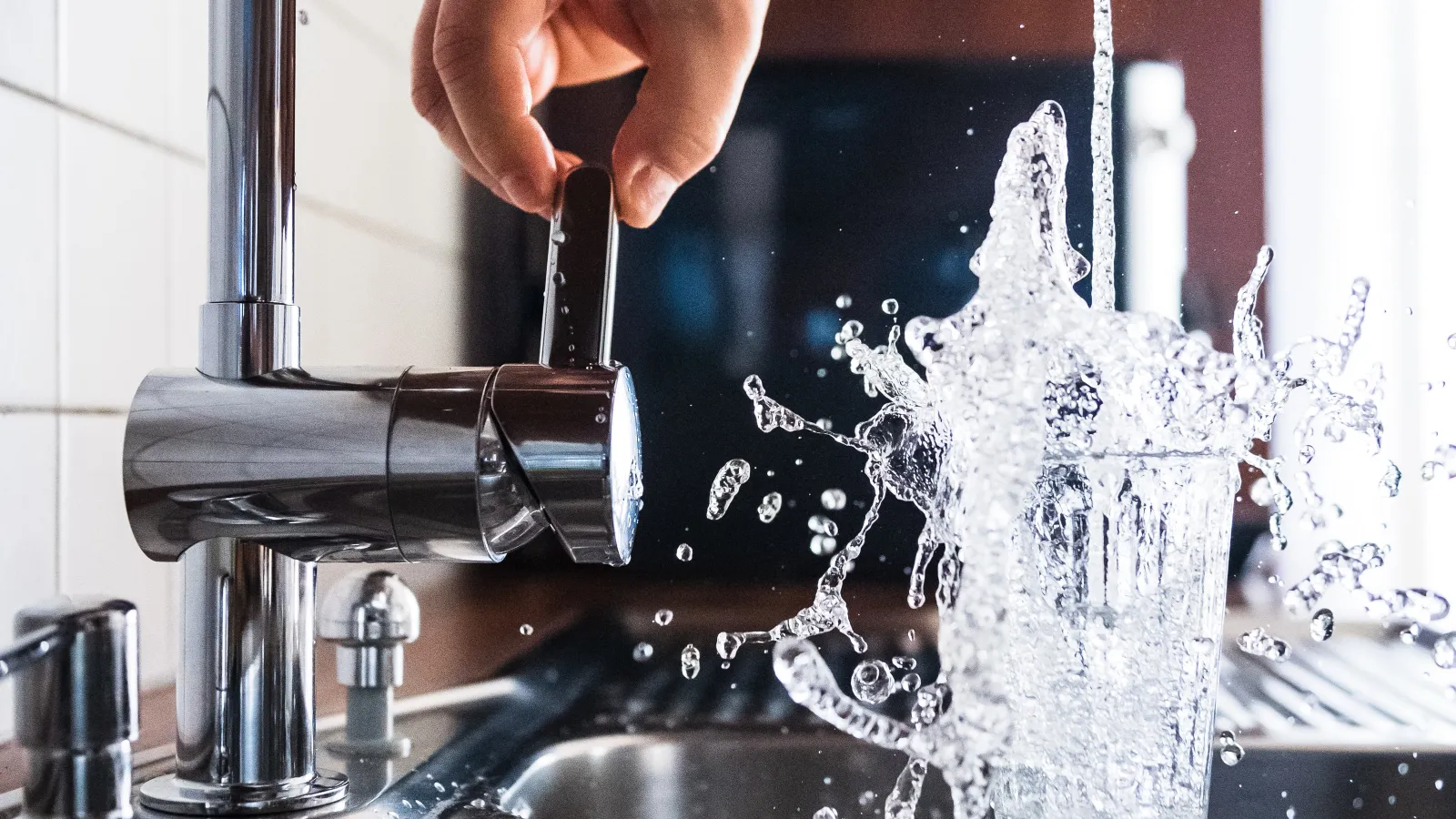Picture this: It's a cold winter morning, and you're all set for a warm, comforting shower. But just a few minutes in, the water turns icy, leaving you shivering.
We've all been there, but fear not! In this article, we'll delve into the magic of tankless water heaters, the ingenious devices that offer a never-ending supply of hot water. No more waiting for the tank to refill or dealing with cold surprises mid-shower - tankless water heaters have got you covered!
What Are Tankless Water Heaters?
Imagine a water heating system that doesn't rely on a bulky storage tank. That's right - tankless water heaters, also known as on-demand water heaters, are compact and efficient appliances that heat water directly, without the need for a reservoir.
Instead of constantly reheating and storing water, like traditional water heaters, they only heat water when you need it.
The Key to Instant Hot Water
At the heart of every tankless water heater lies a powerful heat exchanger. When you turn on the hot water tap, the cold water flows through the heat exchanger, where a gas burner or electric element heats it up instantly. This process ensures that you receive a steady and continuous supply of hot water, without any interruptions.
Embracing Efficiency
One of the remarkable features of tankless water heaters is their energy efficiency. Unlike conventional water heaters, which keep a large amount of water heated at all times, tankless models only use energy when hot water is required.
This energy-saving approach reduces utility bills and lessens your carbon footprint, making tankless water heaters an environmentally friendly choice.
Saving Space and Resources
Consider the amount of space a traditional water heater with its bulky tank occupies in your home. Now, envision a sleek and compact tankless water heater hanging on the wall, freeing up valuable space in your basement or utility room.
By opting for a tankless water heater, you not only save space but also reduce the risk of leaks or tank-related failures, which are common concerns with conventional water heaters.
Handling the Heat
Let's get technical for a moment and look at how tankless water heaters deliver hot water instantly. The heating process involves controlling the flow rate and temperature rise. The flow rate determines how much water passes through the heat exchanger, while the temperature rise refers to the increase in water temperature as it passes through the heating system.
By adjusting these factors, tankless water heaters ensure that the water reaches your desired temperature without delay.
Understanding Flow Rate
The flow rate is the volume of water that a tankless water heater can heat per minute. This flow rate varies based on the model and capacity of the heater. For example, a typical residential tankless water heater may have a flow rate of about 2 to 5 gallons per minute.
So, if you have multiple appliances running simultaneously, like a dishwasher and a shower, the tankless water heater can still keep up with the demand, ensuring hot water at all points.
Conclusion
Tankless water heaters have revolutionized how we experience hot water in our homes. By ditching the bulky storage tanks and embracing the efficiency of on-demand heating, these devices offer a continuous supply of hot water, no matter the demand. With their compact design and energy-saving capabilities, tankless water heaters not only free up space but also reduce utility bills and contribute to a greener planet.
So, if you're tired of being caught in the cold midway through your shower, consider switching to a tankless water heater. Embrace the luxury of endless hot water, and you'll wonder why you didn't do it sooner.
Say goodbye to those icy surprises and hello to a new era of comfort and convenience - thanks to tankless water heaters!



